Mario Testino
"The most important thing for a photographer is to know his subject."
Mario Testino (website), a name synonymous with the world of high-fashion photography, has captured the imagination of millions with his iconic images of models, celebrities, and royalty. Born in Lima, Peru, in 1954, Testino has since become one of the most celebrated and influential fashion photographers of our time. His vibrant, dynamic, and captivating images have graced the pages of countless fashion magazines and helped to shape the visual language of the fashion industry.
Early Life and Career
Growing up in Lima, Testino found himself drawn to the world of photography from an early age. After completing his studies in Peru, he moved to London in 1976, where he began to pursue his passion for photography in earnest. Testino initially struggled to find his footing in the competitive industry, working odd jobs and taking on freelance assignments. However, his big break came in the early 1990s when he was commissioned to photograph Princess Diana for Vanity Fair. This assignment catapulted him into the international spotlight and marked the beginning of his illustrious career.
Photographic Style and Techniques
Mario Testino's photographic style is characterized by his innate ability to capture the essence of his subjects in a glamorous and sophisticated manner. His images often exude a sense of luxury and refinement, with a keen eye for detail and a flair for composition. Testino is known for his masterful use of natural light, which imbues his images with warmth and depth, while his expert manipulation of color and contrast adds vibrancy and life to his photographs.
One of Testino's trademarks is his ability to forge a strong connection with his subjects, which allows him to bring out their true personalities and create images that resonate with viewers. His talent for storytelling and creating visually compelling narratives has made him a highly sought-after photographer in the world of fashion, where he has worked with some of the most prestigious brands and publications.
Career Highlights
Throughout his career, Mario Testino has photographed countless celebrities, models, and members of the royal family, earning him a reputation as one of the industry's most prolific and respected photographers. Some of his most notable collaborations include working with fashion houses such as Gucci, Burberry, and Versace, as well as shooting editorials for Vogue, Vanity Fair, and Harper's Bazaar.
Testino has also released several successful photography books, including "Any Objections?" (1998), "Front Row/Backstage" (1999), and "Kate Moss by Mario Testino" (2010), which showcase his unique vision and distinctive style.
Photography Gear
Canon EOS-1D X Mark II DSLR Camera
Canon EF 24-70mm f/2.8L II USM Lens
Canon EF 70-200mm f/2.8L IS II USM Lens
Profoto lighting equipment
Leica cameras
Published Works and Photo Books
Mario Testino's work has been published extensively in leading fashion magazines and he has also released several photography books, including:
"Mario Testino: Portraits" This stunning collection of portraits by Mario Testino showcases his exceptional ability to capture the essence of his subjects. The book features images of celebrities, models, and other public figures, offering inspiration and valuable insights for photographers looking to enhance their portrait skills.
"Let Me In!" In this intimate collection, Mario Testino provides an exclusive look into the private lives of some of the world's most famous celebrities. Testino's candid, behind-the-scenes photography offers unique insights into his techniques and approach, inspiring photographers to capture the authenticity of their subjects.
"Kate Moss by Mario Testino" This book is a stunning tribute to the enduring collaboration between Mario Testino and the iconic model, Kate Moss. Showcasing their work together over two decades, this collection highlights Testino's ability to capture the true essence of his subjects, making it a valuable resource for photographers seeking inspiration in fashion photography.
"Front Row Back Stage" Taking readers behind the scenes of the fashion world, Mario Testino captures the excitement and glamour of runway shows and backstage preparations. This book offers a unique perspective on fashion photography, providing valuable insights for photographers interested in exploring this genre.
"Alive" In "Alive," Mario Testino showcases his incredible talent for capturing the energy and spirit of his subjects. The book features a diverse array of images, from fashion to travel and beyond, offering inspiration and techniques for photographers looking to infuse their work with a sense of vitality and life.
"Mario Testino. Ciao. Omaggio All'italia" In this beautiful homage to Italy, Mario Testino captures the essence of the country's culture, fashion, and landscape. This collection is a treasure trove of inspiration for photographers looking to explore the rich visual language of Italy and expand their skills in travel and fashion photography.
Quotes
"The most important thing for a photographer is to know his subject."
"Fashion is about dreaming and making other people dream."
"My favorite words are possibilities, opportunities, and curiosity."
"I like to keep the spontaneity in my work, as well as the surprise."
"In a way, fashion photography is like telling a story with images."
Legacy and Influence
Mario Testino's impact on the world of fashion photography is undeniable, and his work continues to inspire both established and aspiring photographers alike. His iconic images have left an indelible mark on the industry, and his unique style and approach to photography have influenced countless photographers who have followed in his footsteps.
Some of the photographers with a similar style include Steven Meisel, Mert Alas and Marcus Piggott, Patrick Demarchelier, and Annie Leibovitz. Testino's dedication to his craft, his ability to capture the essence of his subjects, and his innovative techniques have solidified his position as a true master of fashion photography.
In conclusion, Mario Testino's remarkable career and body of work have left a lasting impression on the fashion industry, and his influence continues to be felt by photographers around the world. Aspiring photographers can learn from Testino's approach to storytelling, his ability to connect with his subjects, and his mastery of light and color to create their own captivating images.
Vineet Vohra
"To be a successful street photographer, you must learn to become invisible."
Vineet Vohra is an internationally renowned street photographer who hails from India. Known for his exceptional ability to capture candid moments and the essence of human interaction in his photography, Vohra's work has been exhibited around the globe and featured in numerous prestigious publications. His unique vision and dedication to street photography have not only earned him a place among the most influential photographers of his time but have also inspired countless aspiring photographers to explore the genre and develop their own distinctive styles.
Early Life and Career
Vineet Vohra was born and raised in Delhi, India. He developed an interest in photography during his teenage years, and after experimenting with various genres, he discovered his passion for street photography. Vohra honed his skills by observing people and their interactions on the streets of India's bustling cities. His dedication to his craft and unique ability to capture the essence of the human experience soon gained him recognition in the world of street photography.
Vohra co-founded the APF Magazine Street Photography Group with his brother, Rohit Vohra, and the group has since grown into an international community of photographers dedicated to promoting and supporting street photography. Vohra also conducts street photography workshops and participates as a judge in photography competitions, further sharing his knowledge and experience with aspiring photographers.
Photographic Style and Techniques
Vineet Vohra's photographic style can be described as a blend of documentary and fine art. He has an uncanny ability to capture the subtleties of human emotions and interactions, often revealing the extraordinary in seemingly ordinary moments. Vohra's images are characterized by their strong compositions, rich colors, and striking contrasts.
Vohra's approach to street photography is unobtrusive and respectful. He believes in immersing himself in the environment and observing his subjects without interfering, allowing them to remain authentic and undisturbed. His skillful use of natural light, shadows, and reflections adds depth and complexity to his images.
Career Highlights
Co-founder of the APF Magazine Street Photography Group
Conducts street photography workshops worldwide
Exhibitions and features in renowned international publications
Photography Gear
The Leica M10 is a digital rangefinder camera that combines classic design with modern technology, providing photographers with a seamless shooting experience. It features a 24MP full-frame CMOS sensor, improved ISO performance, and a slimmer body compared to its predecessor. The M10 is ideal for street photography, portraiture, and documentary work, as it offers a discreet and unobtrusive shooting experience while delivering exceptional image quality.
The Leica M240 is a versatile digital rangefinder camera that sports a 24MP full-frame CMOS sensor, offering exceptional image quality and color rendition. It features live view functionality and video recording capabilities, making it suitable for a wide range of photographic applications. The M240 is perfect for photographers who appreciate the fusion of traditional and modern features in a single camera body.
The Leica Q is a compact, fixed-lens, full-frame camera that boasts a 24MP sensor and a fast 28mm Summilux f/1.7 lens. The Q is known for its outstanding image quality, fast autofocus, and intuitive handling. It is an ideal choice for street photographers, travel enthusiasts, and those looking for a lightweight yet powerful camera that delivers stunning results.
A range of Leica lenses, including the 28mm Summicron, 35mm Summicron, and 50mm Summilux:
28mm Summicron: A wide-angle prime lens known for its excellent image quality, sharpness, and minimal distortion. It is perfect for landscape, architecture, and street photography, as well as for capturing environmental portraits.
35mm Summicron: A standard wide-angle lens that provides exceptional image quality and natural perspective. Its compact size and versatile focal length make it a popular choice for a variety of photography genres, including street, reportage, and environmental portraiture.
50mm Summilux: A fast prime lens offering outstanding image quality, bokeh, and low-light performance. Its focal length and large aperture make it an ideal choice for portrait, street, and low-light photography, as it allows for subject isolation and creative depth-of-field control.
Photography Books
"Serendipity" by Vineet Vohra is a captivating monograph that presents the vibrant and diverse world of India through the lens of an accomplished street photographer. The book features an introduction by Muhammed Muheisen and contains 160 vivid, colorful images that capture the essence of India, showcasing the beautifully random juxtapositions and moments of everyday life.
The unique aspect of "Serendipity" lies in Vohra's remarkable ability to find order in the chaos of Indian streets, using his keen eye for detail and understanding of visual storytelling. His mastery of the medium is evident in the way he skillfully arranges each scene to create a compelling narrative that captures the viewer's attention.
For practicing photographers, "Serendipity" offers valuable insights into the world of street photography, demonstrating the importance of patience, observation, and intuition in capturing extraordinary moments in ordinary settings. Vohra's work encourages photographers to push the boundaries of their creativity and explore new techniques and styles to tell compelling stories through their images.
Additionally, "Serendipity" comes in two editions: White Edition and Black Edition. The exclusive Black Edition includes a unique Fine Art Photograph (30x20 cm) that has never been available for sale before, making it a special collector's item for photography enthusiasts.
Quotes
"Street photography is a reflection of the world we live in, and it's about capturing the essence of humanity."
"To be a successful street photographer, you must learn to become invisible."
"The best photographs are the ones that tell a story without saying a word."
"Photography is not just about capturing what you see, but how you see it."
"The streets are full of surprises, and that's what makes them the perfect canvas for a photographer."
Legacy and Influence
Vineet Vohra has made a significant impact on the world of street photography through his unique vision and ability to capture the essence of human interaction.
By sharing his knowledge and experience through workshops, judging competitions, and co-founding the APF Magazine Street Photography Group, Vohra has played an essential role in nurturing the growth and development of street photography as an art form. His dedication to the craft and his passion for capturing the human experience have left a lasting legacy that will continue to inspire future generations of photographers.
With a keen eye for capturing the extraordinary in everyday life, Vineet Vohra's work serves as a testament to the power of street photography in documenting our shared human experience. By connecting with his subjects and their stories, Vohra has managed to create a body of work that resonates with people across cultural and geographical boundaries. His impact on the world of photography, and street photography in particular, will be remembered and celebrated for years to come.
Steve McCurry
"If you wait, people will forget your camera and the soul will drift up into view."
Steve McCurry is a renowned American photojournalist and photographer, best known for his evocative color photography and his ability to capture the essence of the human experience. With a career spanning over four decades, McCurry has documented numerous conflicts, natural disasters, and ancient cultures across the globe. His iconic image of the "Afghan Girl" has become one of the most recognizable and celebrated photographs in the history of photography.
Early Life and Career
Born in Philadelphia in 1950, Steve McCurry developed an interest in photography at a young age. He studied filmmaking and photography at Pennsylvania State University, graduating in 1974. After working as a newspaper photographer for a few years, McCurry embarked on a solo trip to India, where he began documenting the people and cultures he encountered. This trip marked the beginning of his remarkable career as a photojournalist.
In 1979, McCurry gained international recognition when he managed to smuggle images out of Afghanistan, just before the Soviet invasion. His photographs were among the first to reveal the conflict to the world, earning him the Robert Capa Gold Medal for Best Photographic Reporting from Abroad. This early success propelled McCurry into a long and distinguished career as a photojournalist, working with publications such as National Geographic, Time, and The New York Times.
Photographic Style and Techniques
Steve McCurry is known for his distinctive use of color and composition, which give his images a striking, almost painterly quality. Drawing inspiration from photographers like Henri Cartier-Bresson and Raghu Rai, McCurry captures the decisive moment, where all elements within the frame come together to convey a powerful narrative. His ability to connect with his subjects on a personal level allows him to create intimate and evocative portraits that reveal the human experience in its rawest form.
Throughout his career, McCurry has predominantly used Kodachrome film, which lends his images their signature saturated colors and exceptional clarity. However, as film has become increasingly rare, McCurry has transitioned to digital photography while maintaining the same visual language that defines his work.
Career Highlights
Steve McCurry's prolific career has produced numerous iconic images and garnered countless awards. Some of his most notable achievements include:
The "Afghan Girl" (1984): Arguably McCurry's most famous image, this captivating portrait of a young refugee with piercing green eyes graced the cover of National Geographic and has since become a symbol of the resilience of the Afghan people.
Coverage of the Iran-Iraq War (1980-1988): McCurry's harrowing images of the conflict brought the human cost of the war to the forefront, providing a stark contrast to the sanitized, distant coverage often seen in the media.
Documenting the monsoon season in India (1983-1984): McCurry spent months traveling across India to capture the impact of the monsoon season on people's lives, resulting in a powerful series of images that showcase the beauty and devastation of this natural phenomenon.
Photography Gear
Throughout his career, Steve McCurry has primarily used Nikon cameras and lenses. Steve's go-to camera at present is the Leica SL-2, which he primarily pairs with a versatile 24-90mm f/2.8-4 lens. Additionally, he frequently utilizes the 15-35mm f/3.5-4.5 and 90-280mm f/2.8-4 lenses. According to Steve, the Leica SL-2 is the finest camera he has ever worked with.
Photography Books
"Steve McCurry: A Life in Pictures" is a comprehensive retrospective of McCurry's 40-year career, featuring iconic images alongside 100 never-before-seen photographs. This book showcases the breadth and depth of his work, offering valuable insights into his unique style and approach to photography, as well as inspiration for photographers seeking to capture the world in a powerful and emotive way.
"Steve McCurry: The Iconic Photographs" is a collection of McCurry's most famous and enduring images, including his renowned "Afghan Girl" portrait. This book highlights his exceptional ability to capture intimate moments and powerful emotions, serving as a source of inspiration for photographers looking to develop their own ability to tell compelling stories through their images.
"In Search of Elsewhere: Unseen Images" presents a curated selection of previously unpublished photographs by McCurry, offering a fresh perspective on his body of work. This book highlights his keen eye for beauty and the human spirit, providing inspiration for photographers to seek out new stories and subjects in their own work.
"Stories and Dreams: Portraits of Childhood" focuses on McCurry's images of children from around the world, capturing the innocence, wonder, and resilience of youth. This collection offers valuable insights into his ability to connect with his subjects and create emotionally resonant images, inspiring photographers to explore the power of capturing the human experience.
"Untold: The Stories Behind the Photographs" delves into the fascinating stories behind some of McCurry's most iconic images, offering a unique glimpse into his creative process and photographic journey. This book provides valuable insights into his techniques and approach, encouraging photographers to develop their own storytelling abilities and deepen their understanding of the world around them.
"Steve McCurry: Devotion" explores the theme of faith and spirituality in McCurry's work, showcasing his incredible talent for capturing moments of reverence and contemplation across cultures. This collection serves as a source of inspiration for photographers seeking to explore themes of faith and spirituality in their own work, offering insights into McCurry's ability to find beauty and meaning in the everyday.
Quotes
"The photograph is an undeniably powerful medium. Free from the constraints of language, and harnessing the unique qualities of a single moment frozen in time, it has the ability to communicate with a global audience."
"If you wait, people will forget your camera and the soul will drift up into view."
"I look for the unguarded moment, the essential soul peeking out, experience etched on a person's face."
"Most of my photos are grounded in people, I look for the unguarded moment, the essential soul peeking out, experience etched on a person's face."
"My life is shaped by the urgent need to wander and observe, and my camera is my passport."
Legacy and Influence
Steve McCurry's work has had a significant impact on the field of photojournalism and photography as a whole. His ability to capture the human experience through his lens has inspired countless photographers to explore the world with a deeper sense of empathy and curiosity. Notable photographers influenced by McCurry's work include Annie Griffiths, Ami Vitale, and Lynsey Addario.
In addition to his artistic contributions, McCurry has also used his platform to advocate for social and environmental causes. His images have raised awareness of important issues, such as the plight of refugees and the effects of climate change, inspiring viewers to take action and make a positive difference in the world.
As an influential figure in the world of photography, Steve McCurry's work will continue to resonate with audiences for generations to come, reminding us of the power of the image to connect, inspire, and inform.
Joel Meyerowitz
"Every street, every passerby, was a potential picture."
Joel Meyerowitz is an acclaimed American photographer, known for his pioneering work in color photography and his significant contributions to the genre of street photography. With a career spanning over five decades, Meyerowitz has captured the essence of everyday life and the changing urban landscape with a keen eye for detail, color, and light. His work has been exhibited and published widely, cementing his reputation as one of the most influential photographers of his generation.
Early Life and Career
Joel Meyerowitz was born in 1938 in the Bronx, New York. He studied art, medical illustration, and painting at Ohio State University and later pursued a career in advertising as an art director. His interest in photography began in 1962, when he encountered street photographer Robert Frank at work. Inspired by Frank's approach, Meyerowitz picked up a camera and began to explore the streets of New York City.
Meyerowitz initially worked in black and white but soon embraced color photography, which was still considered unconventional in the world of fine art photography. In the late 1960s and early 1970s, he worked alongside fellow photographers William Eggleston and Stephen Shore to champion the use of color in photography as an artistic medium.
Photographic Style and Techniques
Joel Meyerowitz's photographic style is characterized by its ability to capture the fleeting moments and subtle details of daily life. Key elements of his style and techniques include:
Color Photography: Meyerowitz was one of the early proponents of color photography in the realm of fine art. His vibrant, saturated colors bring his subjects to life and add a new dimension to his images.
Street Photography: Like his contemporaries Garry Winogrand and Lee Friedlander, Meyerowitz is known for his candid images of people in urban settings. He has a unique ability to capture the energy, humor, and beauty of everyday life on the streets.
Large Format Photography: In addition to his street photography, Meyerowitz has also worked with large format cameras to create highly detailed, large-scale images of landscapes and cityscapes.
Career Highlights
Some notable highlights from Joel Meyerowitz's illustrious career include:
His groundbreaking work in color photography, which helped to legitimize the use of color in fine art photography and paved the way for future generations of photographers.
A retrospective exhibition at the International Center of Photography in New York City in 1993, which showcased Meyerowitz's extensive body of work.
The publication of numerous books featuring his photography, including "Cape Light" (1978), "Wild Flowers" (1983), and "Aftermath: World Trade Center Archive" (2006).
Being the recipient of several prestigious awards, such as the Guggenheim Fellowship, the National Endowment for the Arts Fellowship, and the Royal Photographic Society's Centenary Medal.
Photography Gear
Throughout his career, Joel Meyerowitz has used a range of photography gear, including:
Cameras: Meyerowitz has primarily used Leica rangefinder cameras, such as the Leica M3 and M6, for his street photography. For his large format work, he has used cameras like the Deardorff 8x10.
Lenses: Meyerowitz has favored wide-angle lenses for his street photography, such as the 28mm and 35mm focal lengths, which allow him to capture the dynamic scenes of urban life.
Film: Meyerowitz has worked extensively with Kodak color film, particularly Kodachrome and Ektachrome, which are known for their rich color palette and fine detail.
Photography Books
"Joel Meyerowitz: How I Make Photographs" provides an in-depth look into Meyerowitz's creative process and techniques. Through personal anecdotes and examples of his work, the book offers valuable guidance and inspiration for photographers seeking to improve their craft and better understand the mind of a master photographer.
"Joel Meyerowitz: Where I Find Myself: A Lifetime Retrospective" offers a comprehensive look at the remarkable career of Joel Meyerowitz, showcasing his diverse body of work, including street photography, portraits, and landscapes. This retrospective provides valuable insights into the evolution of Meyerowitz's style and his creative journey, inspiring photographers to explore their own growth and development.
"Joel Meyerowitz: Cape Light" captures the stunning light and beauty of Cape Cod, revealing Meyerowitz's unique ability to bring out the subtleties of color and atmosphere in his work. This book offers inspiration for photographers interested in exploring the nuances of natural light and the power of color in their own images.
"Joel Meyerowitz: Redheads" is a fascinating exploration of Meyerowitz's fascination with redheads, showcasing his talent for capturing the essence of his subjects through color, light, and composition. This collection of portraits provides inspiration for photographers looking to develop their own unique approach to portraiture.
"Bystander: A History of Street Photography" is an essential read for anyone interested in the genre, offering a comprehensive overview of the history and evolution of street photography. Co-authored with Colin Westerbeck, this book features the work of numerous influential photographers, including Meyerowitz himself, and provides valuable insights and inspiration for photographers seeking to understand and develop their own style within the realm of street photography.
Quotes
"Photography is a response that has to do with the momentary recognition of things."
"You fill up the frame with feelings, energy, discovery, and risk, and leave room enough for someone else to get in there."
"The world was already in the condition of art, waiting to be noticed as such."
"I believed in the beauty of the fragment rather than the whole."
"Every street, every passerby, was a potential picture."
Legacy and Influence
Joel Meyerowitz's contributions to the world of photography are immense. As a pioneer of color photography, he has inspired countless photographers to explore the artistic potential of color in their work. His street photography has left a lasting impact on the genre, influencing a new generation of photographers who continue to document the urban experience in their own unique ways.
Meyerowitz's work has also served as a bridge between the past and present, connecting the traditions of photography with contemporary practices. By embracing both the classic medium of film and newer digital technologies, he has demonstrated the ongoing relevance and importance of photography as an art form.
Through his extensive body of work, teaching, and mentorship, Joel Meyerowitz has left an indelible mark on the photographic community and will continue to be remembered as one of the most influential photographers of his time.
Garry Winogrand
"The world isn't tidy; it's a mess. I don't try to make it neat."
Garry Winogrand, a prolific and influential street photographer, is often referred to as the quintessential chronicler of American life in the mid-20th century. His candid, spontaneous images captured the essence of post-war America, from bustling city streets to the more subtle moments of everyday life. Winogrand's work has left an indelible mark on the world of photography and has inspired countless photographers to embrace a more intuitive and honest approach to documenting the human experience.
Early Life and Career
Garry Winogrand was born in 1928 in the Bronx, New York City. He initially studied painting at City College of New York and later switched to photography while attending Columbia University. Winogrand honed his photographic skills under the guidance of renowned photographer Alexey Brodovitch at The New School for Social Research.
In the early stages of his career, Winogrand worked as a freelance photojournalist and commercial photographer. His work appeared in various publications such as Collier's, Sports Illustrated, and Life. However, it was his personal projects that eventually gained him widespread recognition and solidified his reputation as a leading figure in street photography.
Photographic Style and Techniques
Garry Winogrand's photographic style and techniques can be characterized by the following key elements:
Spontaneity: Winogrand was known for his ability to capture spontaneous moments and the dynamic energy of the streets. He often shot quickly, without composing his images in the viewfinder, which resulted in an unfiltered and honest portrayal of his subjects.
Wide-angle lenses: Winogrand frequently used wide-angle lenses (28mm and 35mm) to create a sense of immediacy and intimacy in his images. This allowed him to get close to his subjects and incorporate more of the surrounding context in his photographs.
Tilted frames: Many of Winogrand's photographs feature tilted frames, which adds a sense of energy and movement to his images. This unconventional framing also challenges traditional notions of photographic composition.
High contrast and grain: Winogrand's images often exhibit high contrast and noticeable film grain, reflecting his preference for shooting with high-speed black and white film and his penchant for pushing the boundaries of traditional photographic aesthetics.
Career Highlights
Garry Winogrand's career highlights include:
Numerous solo exhibitions, such as his first major show at the George Eastman House in Rochester, New York, in 1960, and a retrospective at the Museum of Modern Art in New York in 1988, two years after his death.
The publication of several influential books, including "The Animals" (1969), "Women are Beautiful" (1975), and "Public Relations" (1977).
The receipt of multiple prestigious awards, including Guggenheim Fellowships in 1964, 1969, and 1978, and a National Endowment for the Arts Fellowship in 1979.
Photography Gear
Throughout his career, Garry Winogrand used a range of photography gear, including:
Cameras: Winogrand's camera of choice was the Leica M-series rangefinder, particularly the M4 and later the M6, which allowed him to work quickly and unobtrusively.
Lenses: As mentioned earlier, Winogrand favored wide-angle lenses, such as the 28mm and 35mm focal lengths, which enabled him to capture more of the scene and create a sense of immediacy in his images.
Film: Winogrand primarily shot with black and white film, often using high-speed films like Tri-X to achieve his signature high contrast and grainy aesthetic.
Photography Books
"The Street Philosophy of Garry Winogrand" by Geoff Dyer and Garry Winogrand is a thought-provoking exploration of Winogrand's images and the ideas they convey. This book offers a fresh and engaging perspective on Winogrand's work, inviting readers to consider the deeper meanings and narratives within his photographs, and ultimately inspiring photographers to develop their own creative vision.
"Winogrand: Figments From The Real World" is an essential volume for anyone interested in Winogrand's work, offering a comprehensive overview of his career and highlighting his unique approach to street photography. The book delves into the photographer's creative process and shares his perspective on the world, providing valuable insights for photographers seeking to capture the authenticity and spontaneity of life on the streets.
"The Animals" showcases Winogrand's skill in capturing the lives and behavior of animals in urban environments. This book reveals the photographer's ability to find beauty and meaning in unexpected places, and provides inspiration for photographers looking to explore new subjects and settings in their work.
"Garry Winogrand: Public Relations" is a fascinating study of public events and their impact on society. Through his candid and perceptive images, Winogrand reveals the staged nature of these events and their effect on the public. This book offers valuable insights for photographers interested in exploring the relationship between public life and individual experience.
"Women are Beautiful" is a testament to Winogrand's keen eye for capturing the beauty and complexity of women in everyday life. This collection of photographs showcases the photographer's ability to find captivating moments in ordinary situations and serves as inspiration for photographers seeking to create striking and meaningful images of the people they encounter.
Quotes
"I photograph to find out what something will look like photographed."
"There is nothing as mysterious as a fact clearly described."
"All a photograph ever does is describe light on surface. That's all there is."
"The world isn't tidy; it's a mess. I don't try to make it neat."
"I don't have anything to say in any picture. My only interest in photography is to see what something looks like as a photograph."
Legacy and Influence
Garry Winogrand's legacy as a pioneering street photographer has influenced generations of photographers, including contemporaries like Joel Meyerowitz and Lee Friedlander, as well as later artists such as Martin Parr and Alec Soth. His unflinching documentation of American life in the mid-20th century provides a rich historical record of a rapidly changing society, while his innovative techniques and approach to photography continue to challenge and inspire photographers today.
By capturing the spirit of an era and pushing the boundaries of the medium, Garry Winogrand has left an indelible mark on the world of photography. His work serves as a reminder of the power of the photographic image to reveal the complexities and nuances of human experience and to evoke a sense of wonder and curiosity about the world around us.
Martin Parr
“All photography is propaganda.”
Martin Parr is an internationally renowned British documentary photographer known for his satirical and thought-provoking images that capture the quirks of modern society. Born in 1952 in Epsom, Surrey, Parr has spent over four decades chronicling the lives of people around the world, often focusing on consumerism, tourism, and globalization. His unique approach to documentary photography has made him one of the most influential photographers of his generation.
Early Life and Career
Growing up, Parr was introduced to photography by his grandfather, who was an amateur photographer. He went on to study photography at Manchester Polytechnic (now Manchester Metropolitan University) from 1970 to 1973. After completing his education, Parr began his career as a freelance photographer, working for various publications and exploring his own personal projects.
In the early 1980s, Parr became a member of the prestigious Magnum Photos agency, where he continued to refine his distinctive style. His first significant body of work, "The Last Resort," showcased images of British seaside towns and the working-class families who vacationed there. This series garnered attention for Parr's bold use of color and his unflinching portrayal of everyday life.
Photographic Style and Techniques
Parr's photographic style is characterized by his use of bright, saturated colors and his ability to find humor and irony in seemingly mundane situations. He often uses flash photography to enhance the vividness of his images and to create a sense of artificiality. His work is notable for its focus on the peculiarities of human behavior, as well as its commentary on consumer culture, social class, and globalization.
Career Highlights Throughout his career, Martin Parr has published numerous photo books and exhibited his work in galleries and museums worldwide. Some of his most acclaimed projects include:
"The Last Resort" (1986): This series captured the essence of British seaside towns during the 1980s, exploring themes of leisure, consumerism, and social class.
"Small World" (1995): A project documenting the impact of tourism on cultures around the world, highlighting the homogenization of global experiences.
"Common Sense" (1999): An exploration of consumer culture, featuring close-up images of everyday objects and scenes that reveal the absurdity and excess of modern life.
"Think of England" (2000): A collection of images that provide a satirical look at English society and culture, from afternoon tea to football matches.
"The Rhubarb Triangle" (2016): A series documenting the unique rhubarb-growing region in West Yorkshire, England, and the people who work within it.
Photography Gear
Throughout his career, Martin Parr has used a variety of cameras and equipment, including:
Medium format cameras such as the Mamiya 7 and the Plaubel Makina 67
35mm cameras like the Leica M series and the Contax G2
Flash equipment, particularly the ring flash, to create his signature artificial lighting
Published Photo Books
"The Last Resort" by Martin Parr: This influential book features Parr's early photographs of the seaside town of New Brighton, England. The vivid and saturated images depict the leisure time of working-class families, showcasing Parr's signature style and offering a unique perspective on British culture during the 1980s.
"Martin Parr" by Martin Parr and Val Williams: This comprehensive monograph covers Parr's extensive career, exploring his distinctive approach to photography and his fascination with the everyday. The book includes an in-depth interview with the photographer, as well as critical essays that contextualize his work within the broader history of photography.
"Martin Parr: The Non-Conformists": In this book, Parr documents the close-knit communities and traditional industries of West Yorkshire, England, during the 1970s. The black-and-white images showcase Parr's early work, offering a glimpse into the lives of people striving to maintain their identity and traditions in the face of change.
"Small World": This humorous and satirical collection captures the quirks of mass tourism and globalization. Parr's photographs, taken across various countries, reveal the absurdity and sameness of tourist experiences, prompting readers to reconsider their own travel habits.
"Déjà View: Martin Parr x The Anonymous Project": In this collaboration with The Anonymous Project, Parr curates a selection of found amateur color slides, creating a nostalgic and captivating visual journey through the mid-20th century.
"Martin Parr: From the Pope to a Flat White, Ireland 1979-2019": This book spans Parr's 40-year relationship with Ireland, showcasing his vivid and witty observations of the country's culture, people, and landscape. The images provide a unique and affectionate perspective on a nation in transition.
"Martin Parr: Beach Therapy": In this collection, Parr explores the universal appeal of the beach as a place of leisure and relaxation. The book features images from beaches around the world, capturing the idiosyncrasies of beachgoers and highlighting Parr's ability to find humor and beauty in the everyday.
Quotes
"Photography is the simplest thing in the world, but it is incredibly complicated to make it really work."
"I go straight in very close to people, and I do that because it's the only way you can get the picture. You go right up to them."
"The world is full of surprises, and I want to record those surprises. That's why I'm always looking for things that are humorous or strange."
"With photography, I like to create fiction out of reality. I try and do this by taking society's natural prejudice and giving it a twist."
"I'm not an artist who happens to use photography. I'm a photographer who uses the camera as my medium."
Legacy and Influence Martin Parr's distinctive style and approach to documentary photography have left a lasting impact on the field. His unapologetic use of color, flash photography, and satirical observations have inspired a new generation of photographers to explore similar themes and techniques. Parr's work has contributed to a greater understanding of the complexities of modern society and has encouraged photographers to find beauty and meaning in the everyday.
One of Parr’s early inspirations were:
Tony Ray-Jones was a British photographer known for his influential work in the field of social documentary photography. Born in Somerset in 1941, Ray-Jones studied graphic design in London before beginning his career as a photographer. He is best known for his photographs of English customs and traditions, capturing the eccentricities of everyday life in Britain during the 1960s and 1970s.
Chris Killip is a British photographer and professor of visual and environmental studies at Harvard University. Born in the Isle of Man in 1946, Killip is best known for his black and white photographs of working-class communities in the northeast of England during the 1970s and 1980s. His images depict the struggles of these communities against deindustrialization and unemployment, and they have become important documents of social history.
Other notable photographers with similar style are:
Alex Webb: Renowned for his vibrant color photography and use of complex compositions that capture the energy of street life.
Bruce Gilden: Known for his confrontational, up-close street photography that highlights the raw, unfiltered moments of urban life.
William Eggleston: A pioneer in the field of color photography who captures the beauty and strangeness of everyday scenes in the American South.
Tom Wood: An Irish-born photographer who documents the everyday lives of people in Liverpool, England, with a keen eye for color and detail.
Viviane Sassen: A Dutch artist and fashion photographer whose work often features bold colors and surreal compositions, drawing inspiration from her upbringing in Kenya.
By examining Martin Parr's career and the photographers with similar styles, it's clear that his influence on contemporary photography is undeniable. His unique approach to documenting the world around him has opened new avenues for photographers to explore, making him an essential figure in the history of photography.
Dotan Saguy
“If you want to make a small fortune as a photographer, start with a big fortune“
Dotan Saguy (website) is a renowned documentary photographer known for his compelling visual narratives that reveal the beauty and complexity of human life. His work captures the essence of diverse communities and cultures, inviting viewers to explore and understand the world around them.
Early Life and Career
Dotan Saguy was born and raised in Israel, where he developed a passion for photography at a young age. He later moved to the United States to study film and photography at the prestigious Art Center College of Design in Pasadena, California. After completing his studies, Saguy began his career as a documentary photographer, focusing on capturing the human condition in various communities and cultures.
Photographic Style and Techniques
Saguy's photographic style is characterized by its candidness and authenticity, with a strong emphasis on storytelling. He strives to document the everyday lives of people, revealing their individuality and humanity. His work often explores themes of social and cultural issues, showcasing the resilience and strength of the human spirit.
To capture these intimate moments, Saguy immerses himself in the communities he photographs, building trust and rapport with his subjects. This allows him to create genuine and emotional connections that translate into powerful images. His photographs are often shot in black and white, which adds depth and timelessness to his work.
Other notable documentary photographers with a similar style are Sebastião Salgado, Mary Ellen Mark, and Dorothea Lange.
Career Highlights
Throughout his career, Dotan Saguy has received numerous accolades and recognition for his outstanding work in documentary photography. Some of his most notable achievements include:
Winning the prestigious Leica Oskar Barnack Award for his series "Venice Beach: The Last Days of a Bohemian Paradise."
Being a finalist in the World Press Photo contest.
Having his work featured in prominent publications such as National Geographic, The Guardian, and The New York Times.
Exhibiting his photographs in prestigious galleries and museums worldwide.
Photography Books
"Venice Beach: The Last Days of a Bohemian Paradise" by Dotan Saguy: This visually stunning book captures the unique spirit and vibrant culture of Venice Beach, California. Saguy documents the community's eclectic mix of artists, street performers, and colorful characters before gentrification started to change the neighborhood. The book serves as a tribute to the bohemian paradise that once was and a reminder of the importance of preserving cultural diversity in urban spaces.
"Nowhere to go but Everywhere" by Dotan Saguy: In this compelling photo book, Saguy follows the life of a family who has chosen to live on the road, exploring the United States in their converted school bus. The book delves into the unconventional lifestyle they have chosen, the challenges they face, and the joys of living a nomadic existence. Saguy's intimate photographs capture the family's resilience and their pursuit of freedom, offering an inspiring glimpse into an alternative way of life.
Photography Gear
Dotan Saguy uses various equipment to capture his evocative images. Some of the key gear in his arsenal includes:
Leica M10: A high-performance digital rangefinder camera known for its exceptional image quality and unobtrusive design, perfect for documentary photography.
Leica M6: A classic film rangefinder camera that offers a timeless aesthetic and incredible reliability.
Leica 35mm f/2 Summicron lens: A versatile and sharp lens that provides excellent image quality and low-light performance, ideal for capturing candid moments.
Leica 50mm f/2 Summicron lens: A compact and lightweight lens that offers great detail and depth for portrait and documentary photography.
These tools enable Saguy to create his captivating images while maintaining the intimacy and candidness that define his work.
QUOTES
“If you want to make a small fortune as a photographer, start with a big fortune“
“I don’t need to worry about booking assignments or looking to freelance,”
“I got bored of travel photography, and decided I wanted to challenge myself,”
“If there’s a Coke bottle in the sand, you can’t stage it out. You can’t ask anyone to take it out. You can’t photoshop it. You can’t add anything. Patience is where it’s at.”
Legacy and Influence
Dotan Saguy's work has left an indelible mark on the world of documentary photography. His ability to capture the essence of humanity in his images has inspired countless photographers to pursue similar paths, fostering a deeper appreciation for the power of visual storytelling. Saguy's photographs not only document the lives of diverse communities but also encourage a sense of empathy and understanding among viewers, bridging cultural and social divides.
Other notable documentary photographers with a similar style are Susan Meiselas, Bruce Davidson, and Alex Webb. Like Saguy, these photographers excel at capturing the human condition and presenting it in a visually compelling and authentic manner.
In conclusion, Dotan Saguy's work stands as a testament to the power of documentary photography to connect us and provide insight into the lives of others. Through his dedication to his craft and his unique approach to capturing the human spirit, Saguy continues to be a major influence in the world of photography.
Saul Leiter
“I think if you know enough about photography you realise that nothing is really that new.”
Saul Leiter (1923-2013) was an American photographer and painter, best known for his pioneering work in color street photography. His distinctive style, characterized by the use of color, abstraction, and an emphasis on the beauty of everyday moments, has made him a revered figure in the world of photography.
Early Life and Career
Born in Pittsburgh, Pennsylvania, Leiter originally pursued a career in the rabbinate, following in the footsteps of his father, who was a rabbi and scholar. However, his passion for the arts led him to abandon his religious studies and move to New York City in the late 1940s. There, he became part of the New York School of Photography, alongside photographers like Robert Frank and Diane Arbus.
Leiter's work was first published in Life magazine, and soon after, he became a successful fashion photographer, working for magazines such as Harper's Bazaar and Vogue. Despite his commercial success, he continued to pursue his love for street photography, capturing the essence of New York City's streets through his unique lens.
Photographic Style and Techniques
Saul Leiter's photographic style is often described as poetic and painterly. He had a keen eye for color and composition, using these elements to create images that evoke an emotional response. His photos often featured reflections, shadows, and blurred subjects, giving them a dreamlike quality.
Leiter was known for shooting through windows or using other objects to frame his subjects, resulting in abstract and layered images. He also made extensive use of overexposure and deliberate soft focus to create a painterly effect in his photographs.
Career Highlights
Some of Saul Leiter's most iconic images were taken during the 1950s and 1960s, a period when color photography was still considered inferior to black-and-white. Despite this, his work was included in the groundbreaking exhibition "The Family of Man" at the Museum of Modern Art in New York in 1955, which showcased the best in photography from around the world.
In 2006, a major retrospective of Leiter's work was held at the Fondation Henri Cartier-Bresson in Paris. This exhibition helped to solidify his status as a key figure in the history of photography and brought his work to a wider audience.
Photography Gear
Leica M-series rangefinder cameras
Kodachrome and Ektachrome color slide films
Published Photo Books
"Early Color" (2006) by Saul Leiter: This book showcases a collection of Saul Leiter's early color photographs from the 1940s and 1950s. These images, characterized by their unique use of color and composition, helped redefine the genre of street photography and solidified Leiter's reputation as a pioneer in the field.
"Early Black and White" (2014) by Saul Leiter: This volume features a selection of Leiter's black and white photographs from the same period as his early color work. The images reveal Leiter's mastery of composition, light, and shadow, offering a different perspective on his photographic style and the streets of New York City.
"Saul Leiter: Retrospektive" (2012): This retrospective book offers a comprehensive overview of Saul Leiter's career, featuring both his color and black and white photographs. The collection provides insight into Leiter's creative process and his enduring influence on the world of photography.
"In My Room" (2017) by Saul Leiter: This intimate collection features photographs taken by Leiter in his New York City apartment, capturing the private world of the artist and his muses. The images reveal a more personal side of Leiter's work, showcasing his ability to find beauty and inspiration in the everyday.
"All About Saul Leiter" (2017): This book offers an in-depth look at the life and career of Saul Leiter, featuring a selection of his most iconic images, as well as interviews, essays, and personal reflections from those who knew him best. The book provides a comprehensive portrait of the man behind the camera and his lasting impact on photography.
"Forever Saul Leiter": This collection celebrates the work of Saul Leiter, showcasing a range of his photographs, including street scenes, portraits, and abstract compositions. The book highlights Leiter's unique visual style and his ability to find beauty in unexpected places.
Quotes
"I don't have a philosophy. I have a camera."
"A window covered with raindrops interests me more than a photograph of a famous person."
"I believe there is such a thing as a search for beauty."
"Seeing is a neglected enterprise."
"I like it when one is not certain what one sees. When we do not know why the photographer has taken a picture and when we do not know why we are looking at it, all of a sudden we discover something that we start seeing. I like this confusion."
Legacy and Influence
Saul Leiter's innovative approach to color photography and his ability to find beauty in the mundane have left a lasting impact on the world of street photography. His work has inspired countless photographers, and his contribution to the development of color photography as a serious art form cannot be overstated.
Other notable photographers with similar styles are William Eggleston, Ernst Haas, Alex Webb, and Helen Levitt. These photographers, like Leiter, have been known to explore color, abstraction, and the poetics of everyday life in their street photography.
Elliott Erwitt
"Photography is not rocket science. Essentially you buy the camera and follow the instructions on the box.”
Photo taken by © Betina La Plante
Elliott Erwitt is a celebrated photographer known for his candid and often humorous images that capture the essence of everyday life. As a master of street photography, he has made significant contributions to the art form, leaving an indelible mark on the world of photography.
Early Life and Career
Born in Paris in 1928 to Russian émigré parents, Elliott Erwitt spent his early years in Italy before immigrating to the United States in 1939. He developed an interest in photography during his high school years and went on to study photography and filmmaking at Los Angeles City College and the New School for Social Research in New York City.
Erwitt's professional career began in the late 1940s when he started working as a freelance photographer. In 1953, he was invited to join the prestigious Magnum Photos agency by its founder, Robert Capa. This association allowed Erwitt to travel extensively and document various social and political events worldwide.
Photographic Style and Techniques
Elliott Erwitt's photographic style is characterized by its spontaneity, wit, and keen observation of the human experience. He has a unique ability to find humor and irony in everyday situations, which has made his images universally appealing. Erwitt often relied on natural light and unobtrusive techniques, allowing him to capture candid moments that reveal the essence of his subjects.
While Erwitt is best known for his black and white images, he has also produced a significant body of work in color. His photographs cover a wide range of subjects, from playful images of dogs to iconic portraits of famous figures such as Marilyn Monroe and Che Guevara.
Career Highlights
Throughout his long and illustrious career, Elliott Erwitt has been involved in numerous high-profile projects and exhibitions. Some of his most notable achievements include:
Being part of the famed "Family of Man" exhibition curated by Edward Steichen at the Museum of Modern Art in 1955.
Documenting the civil rights movement in the United States during the 1960s.
Capturing images of world leaders and celebrities, including Richard Nixon, John F. Kennedy, and Fidel Castro.
Publishing over 20 photography books, showcasing his diverse range of subjects and themes.
Photography Gear
Elliott Erwitt is known to have used a variety of cameras throughout his career. Some of the gear he has utilized includes:
Published Photo Books
Elliott Erwitt has published numerous photo books, providing a comprehensive look at his extensive body of work. Some of his most notable books include:
"Personal Best" (2018) by Elliott Erwitt: This hardcover book showcases a selection of Erwitt's most iconic photographs from his extensive career, including his candid shots of famous personalities and everyday life. The collection offers readers a glimpse into Erwitt's unique perspective and his ability to capture humor and emotion through his lens.
"Elliott Erwitt's Paris" (2017) by Elliott Erwitt: In this paperback, Erwitt presents his photographs of Paris, capturing the city's charm, architecture, and daily life. Through his distinctive black and white images, Erwitt provides readers with an intimate and whimsical portrait of one of the world's most romantic cities.
"Elliott Erwitt's Dogs": This book features a collection of Erwitt's photographs celebrating man's best friend. The images showcase dogs in various situations, from playful to poignant, highlighting Erwitt's keen eye for capturing the essence and character of his canine subjects.
"Found, Not Lost": This book presents a selection of previously unpublished photographs by Elliott Erwitt, offering readers a fresh look at his work. The images span several decades and cover a range of subjects, from everyday life to famous personalities.
"Elliott Erwitt: Home Around the World": This book offers a comprehensive look at Erwitt's photographic career, featuring images from his travels and assignments around the globe. The collection showcases Erwitt's talent for capturing the essence of a place and its people through his candid, evocative images.
"Elliott Erwitt's Kolor" (2013): This book features a selection of Erwitt's color photographs, showcasing his mastery of both black and white and color photography. The images in this collection cover a range of subjects, including portraits, street scenes, and landscapes, demonstrating Erwitt's versatility and skill as a photographer.
"Elliott Erwitt's Cuba" (2015): In this book, Erwitt presents a series of photographs taken during his visits to Cuba, capturing the country's unique atmosphere, architecture, and people. Through his lens, Erwitt provides readers with a visual journey that highlights the beauty and complexity of Cuban life and culture.
Quotes
"To me, photography is an art of observation. It's about finding something interesting in an ordinary place... I've found it has little to do with the things you see and everything to do with the way you see them."
"The whole point of taking pictures is so that you don't have to explain things with words."
"A photograph is a biography of a moment."
"Color is descriptive. Black and white is interpretive."
"You can find pictures anywhere. It's simply a matter of noticing things and organizing them. You just have to care about what's around you and have a concern with humanity and the human comedy."
Legacy and Influence
Elliott Erwitt's enduring legacy is evident in the numerous photographers who have adopted a similar style in their work. By capturing the humor and irony of everyday life, he has inspired generations of photographers to find beauty in the mundane. Other notable photographers with a similar style are Garry Winogrand, Lee Friedlander, Bruce Gilden, and Martin Parr.
Elliott Erwitt's vast body of work continues to be celebrated in exhibitions and publications around the world. His unique approach to street photography has influenced countless photographers and enthusiasts, making him a true icon in the world of photography.
In conclusion, Elliott Erwitt's career as a street photographer has left an indelible mark on the art form. His keen eye for capturing the human experience and his ability to find humor and beauty in everyday situations have made him a beloved figure in the world of photography. By learning from his techniques and approach, aspiring photographers can gain valuable insights into the art of street photography.
Henri Cartier-Bresson
“Your first 10,000 photographs are your worst.”
Henri Cartier-Bresson is often referred to as the father of modern photojournalism and is considered one of the most influential street photographers of the 20th century. His unique approach to photography, which emphasized capturing the "decisive moment," has left a lasting impact on generations of photographers.
Early Life and Career
Born in Chanteloup-en-Brie, France in 1908, Cartier-Bresson developed an early interest in painting and attended the Lhote Academy in Paris to study under the Cubist painter André Lhote. It was during this time that he discovered his passion for photography, which would ultimately lead him to abandon painting in favor of this new medium.
In 1931, Cartier-Bresson traveled to Africa, where he first began experimenting with photography. He returned to France in 1933 and began using a Leica camera, which allowed him to capture spontaneous moments with ease, forever changing his approach to photography.
Photographic Style and Techniques
Henri Cartier-Bresson's photographic style was heavily influenced by his background in painting, and his images often exhibit a strong sense of composition and geometric balance. He preferred to shoot in black and white, believing that it allowed him to better capture the essence of a scene without the distractions of color.
Cartier-Bresson was a firm believer in the concept of the "decisive moment," which he described as the precise instant when the elements of a scene come together in perfect harmony, creating an image that captures the essence of the event. To achieve this, he often worked discreetly, using a small Leica camera to blend into the environment and capture candid moments as they unfolded.
Career Highlights
Co-fouCo-founding the Magnum Photos agency in 1947 with Robert Capa, David "Chim" Seymour, George Rodger, and William Vandivert. This cooperative agency became a platform for some of the world's most renowned photographers, allowing them to retain the rights to their work while providing them with a platform to distribute and sell their images.
Documenting the Chinese Civil War in 1948 and the Indian independence in 1947, which solidified his reputation as a pioneer in the field of photojournalism. His empathetic approach and ability to capture pivotal moments in history earned him recognition and respect worldwide.
Publishing numerous photo books, including "The Decisive Moment" (1952), which showcased his philosophy on photography and featured some of his most iconic images. This influential book emphasized the importance of capturing the precise moment that revealed the essence of a scene, a concept that became central to Cartier-Bresson's photographic style and continues to influence photographers today.
Other significant achievements in Cartier-Bresson's career include photographing prominent figures such as Mahatma Gandhi, Albert Camus, and Marilyn Monroe, as well as covering major world events like the Spanish Civil War, World War II, and the French student riots of 1968. Throughout his career, Cartier-Bresson remained dedicated to the art of photography, leaving behind a legacy of timeless and powerful images.
Photography Gear
Throughout his career, Henri Cartier-Bresson was known for his minimalist approach to photography gear. He primarily used:
A Leica rangefinder camera with a 50mm lens, which allowed him to work discreetly and capture candid moments.
Black and white film, as he believed that it allowed him to focus on the essence of a scene without the distractions of color.
Published Photo Books
"The Decisive Moment" (1952): This iconic book showcases Cartier-Bresson's philosophy on capturing the precise moment that reveals the essence of a scene. It is an essential read for photographers interested in understanding the foundations of photojournalism and street photography.
“The Modern Century" is a comprehensive book published in 2010 that celebrates the life and work of renowned French photographer Henri Cartier-Bresson. Authored by Peter Galassi, former chief curator of photography at the Museum of Modern Art (MoMA) in New York, the book was released in conjunction with a major retrospective exhibition of Cartier-Bresson's work at MoMA.
"Europeans" (1955): In this collection, Cartier-Bresson documents the people and landscapes of post-World War II Europe. The book provides a fascinating visual record of the era and serves as inspiration for photographers looking to explore the human condition through their work.
"The People of Moscow" (1955): This book offers a unique glimpse into the daily lives of Soviet citizens during the Cold War era. It serves as a valuable resource for photographers seeking to understand the power of visual storytelling in documenting history and culture.
"Henri Cartier-Bresson: The Mind's Eye: Writings on Photography and Photographers" is a collection of essays and reflections by the legendary French photographer Henri Cartier-Bresson. Published in 1999, the book offers readers an opportunity to delve into the thoughts and philosophies of one of the most influential photographers of the 20th century. The book is divided into five main sections: The Camera, The Photograph, The Photographer, The Photographic Report, and The Studio. Each section contains a series of essays and interviews that explore Cartier-Bresson's views on various aspects of photography, from the technical aspects of using a camera to the artistry and intuition required to capture the "decisive moment."
"From One China to the Other" is a photography book by Henri Cartier-Bresson, first published in 1956. The book presents a visual journey through China, capturing the country during a significant period of political and social change. Cartier-Bresson traveled to China in 1948-1949 and again in 1958, documenting the final days of the Chinese Civil War and the early years of the People's Republic of China under Mao Zedong.
"Henri Cartier-Bresson: Photographer" is a photography book that showcases the work of the legendary French photographer Henri Cartier-Bresson. First published in 1979, the book was compiled and edited by Cartier-Bresson himself, in collaboration with the well-known photo editor and designer Yves Saada. This comprehensive volume features a selection of more than 150 black-and-white photographs, spanning Cartier-Bresson's career from the 1930s to the 1970s. The images include some of his most iconic works, as well as lesser-known photographs that reflect his unique vision and humanistic approach to photography.
Quotes
“To photograph is to hold one's breath, when all faculties converge to capture fleeting reality. It's at that precise moment that mastering an image becomes a great physical and intellectual joy.”
“Your first 10,000 photographs are your worst.”
“In photography, the smallest thing can be a great subject. The little human detail can become a leitmotiv.”
“Photography is an immediate reaction; drawing is a meditation.”
“The most difficult thing for me is a portrait. You have to try and put your camera between the skin of a person and his shirt.”
Legacy and Influence
Henri Cartier-Bresson's influence on the world of photography cannot be overstated. His dedication to capturing the decisive moment and his emphasis on composition and geometry have inspired countless photographers who followed in his footsteps.
Some other most notable street photographers include Robert Frank, Garry Winogrand, Elliott Erwitt, or Vivian Maier. These photographers, like Cartier-Bresson, have made significant contributions to the art of street photography and photojournalism, capturing moments that reflect the human experience.
In addition to his impact on individual photographers, Cartier-Bresson's work has also played a significant role in shaping the broader field of photography. The establishment of Magnum Photos, which he co-founded, has provided a platform for many of the world's most talented photographers, ensuring that his legacy will continue to live on for generations to come.
Overall, Henri Cartier-Bresson's contributions to the world of photography have left an indelible mark on the field. His commitment to capturing the decisive moment and his keen eye for composition have influenced countless photographers, solidifying his place as one of the most important figures in the history of photography.
Other street photographers

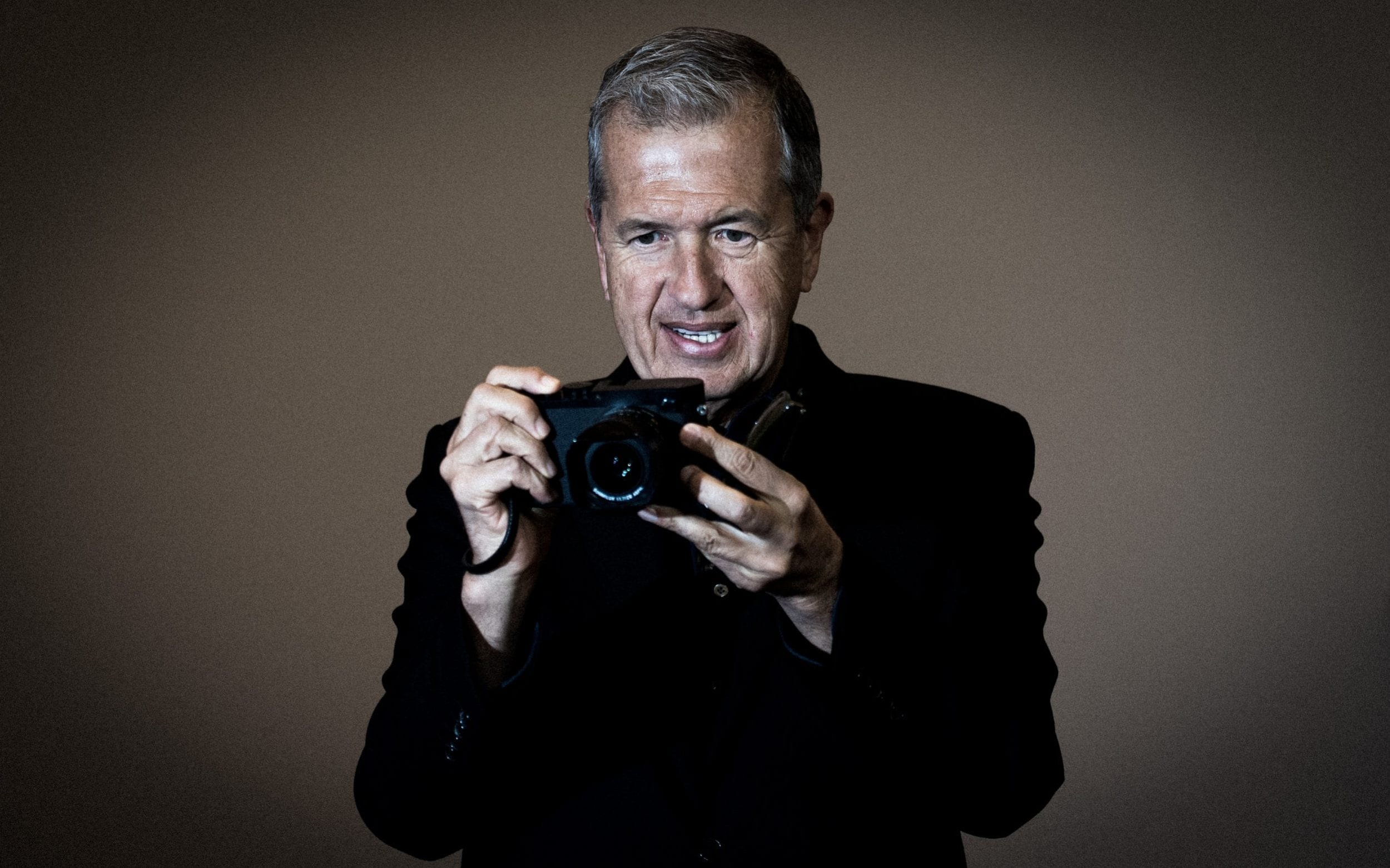







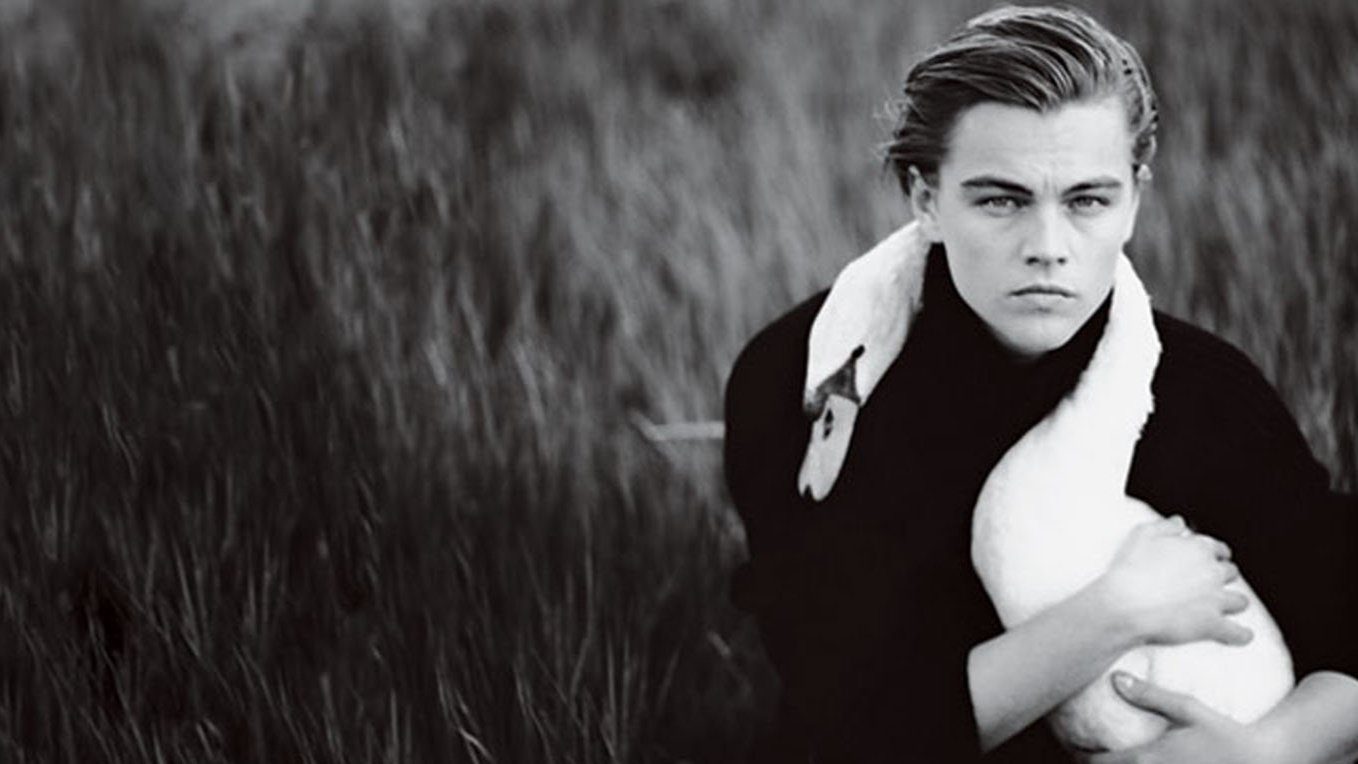



















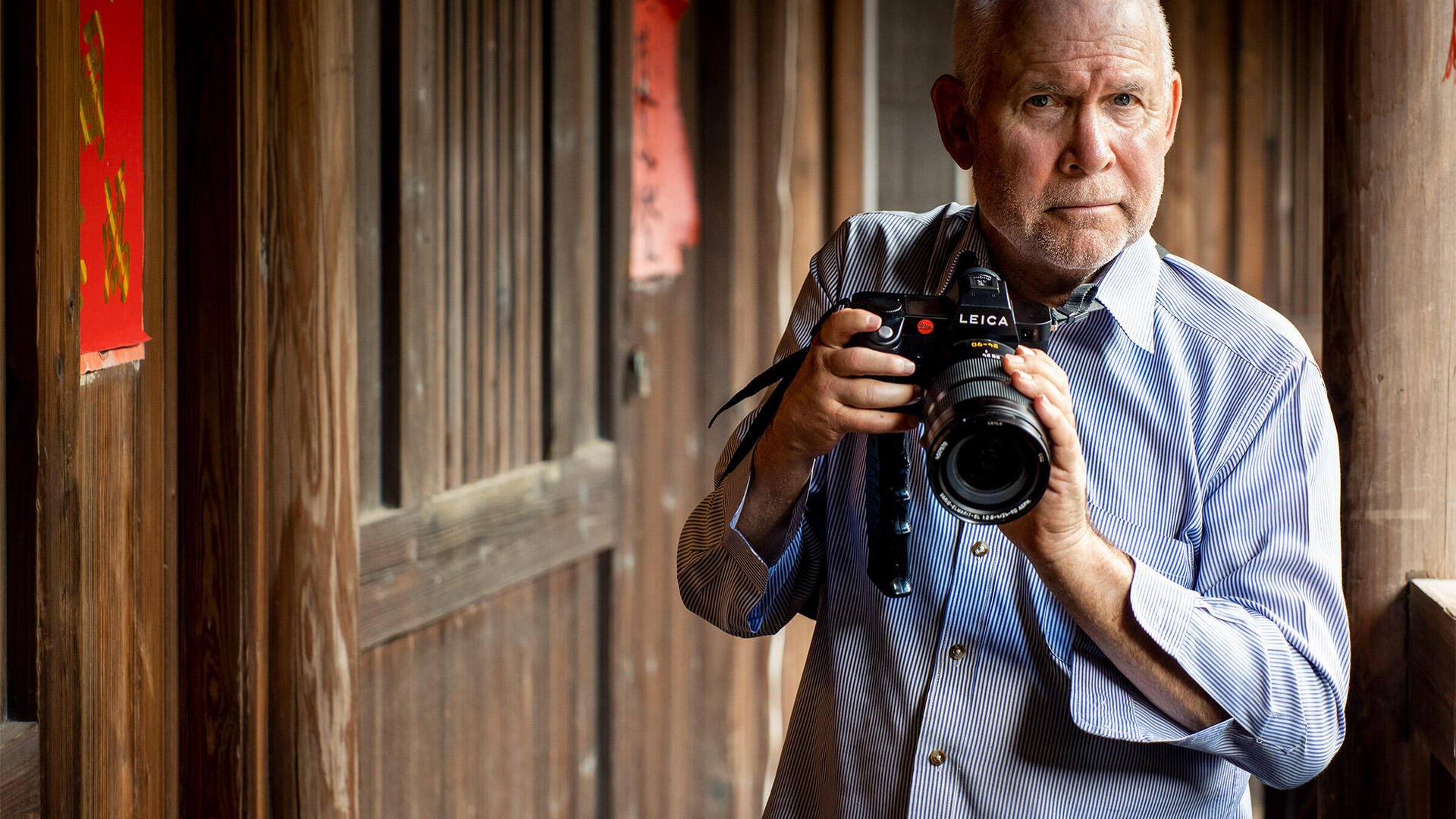





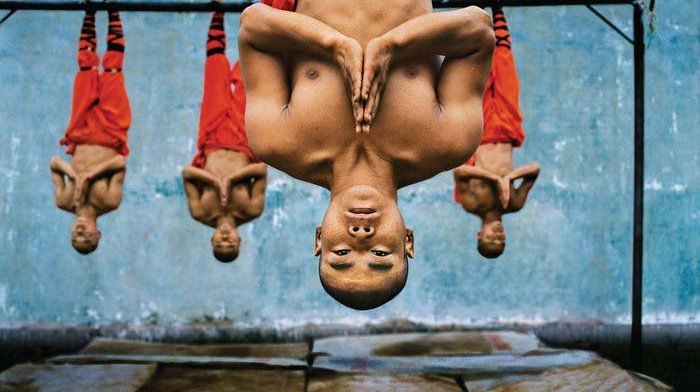




















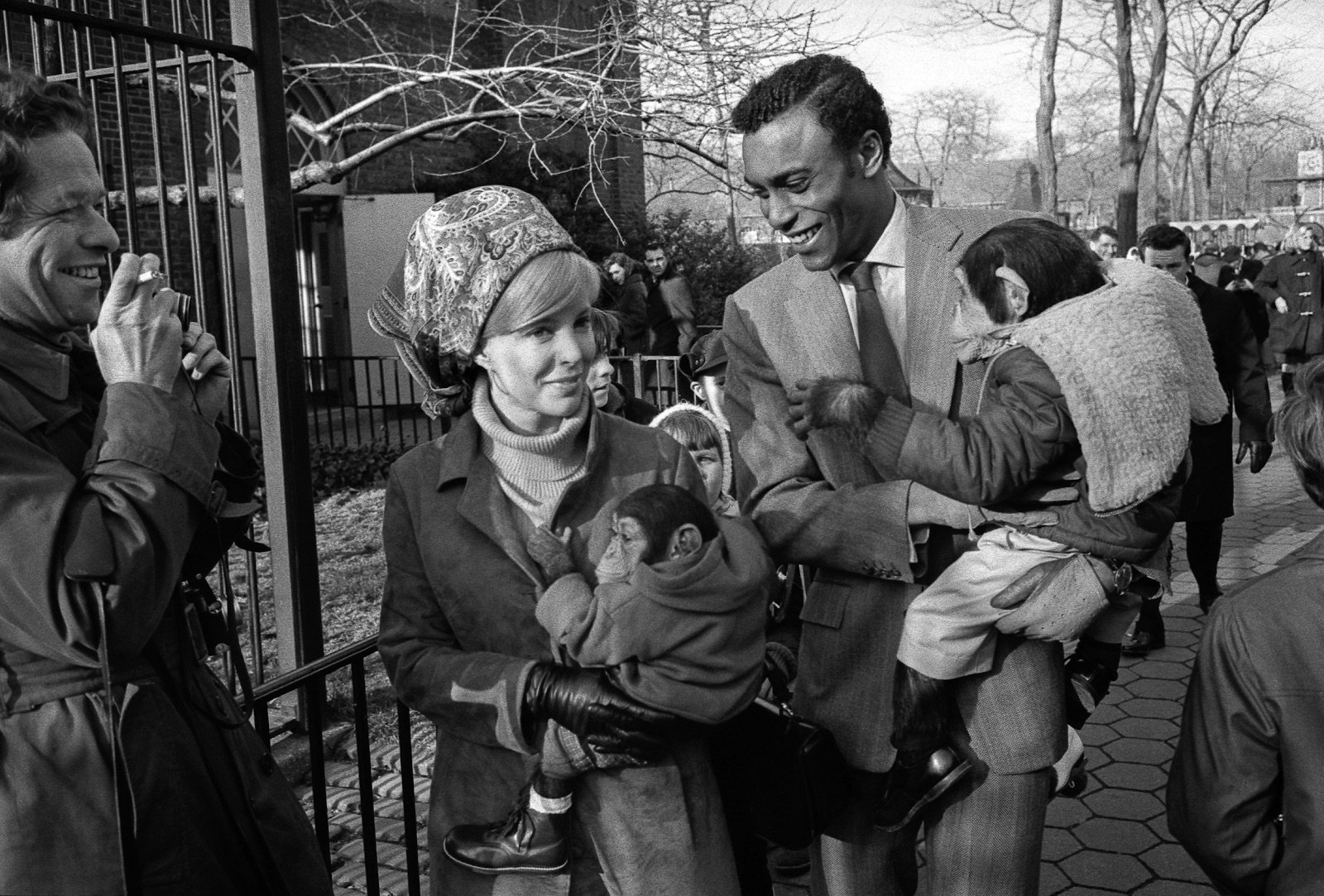










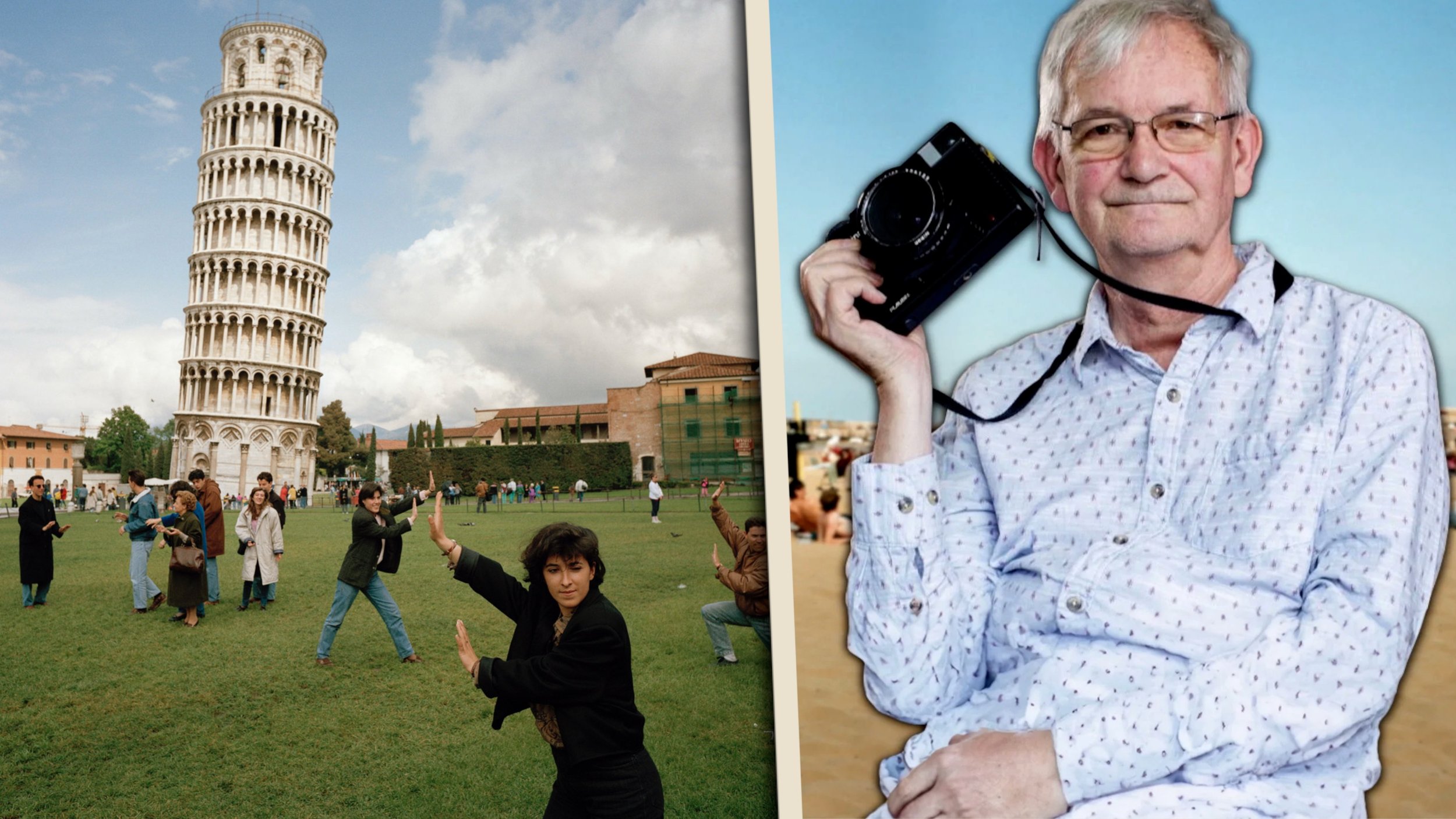

![Martin Parr's advice for better photos[video]](https://images.squarespace-cdn.com/content/v1/5b670534b98a78d5e84a7d19/1709316822341-S7A2G20XX4CL7RHLYW0S/Advice+for+better+photos+Parr+no+text.jpg)
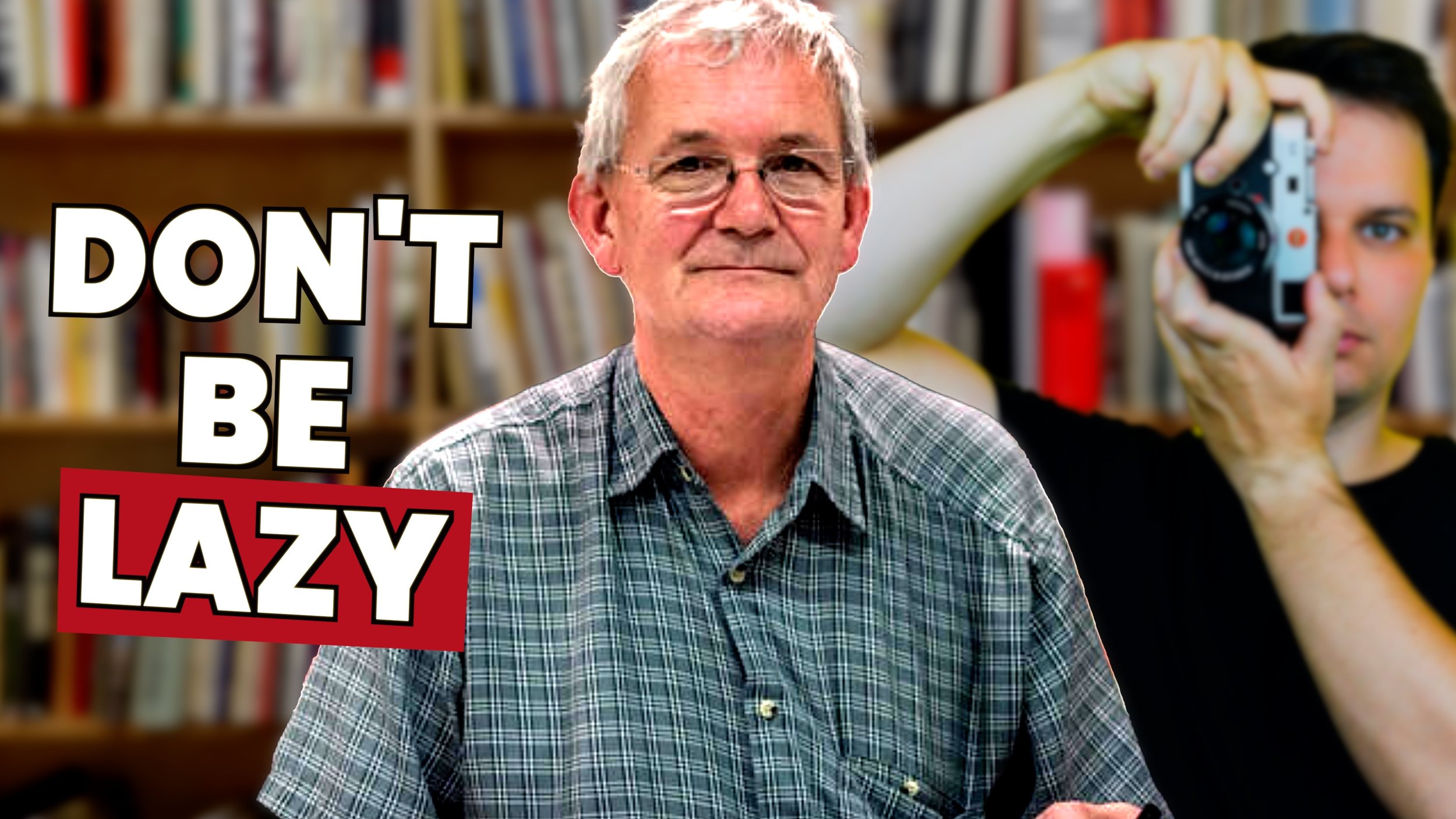
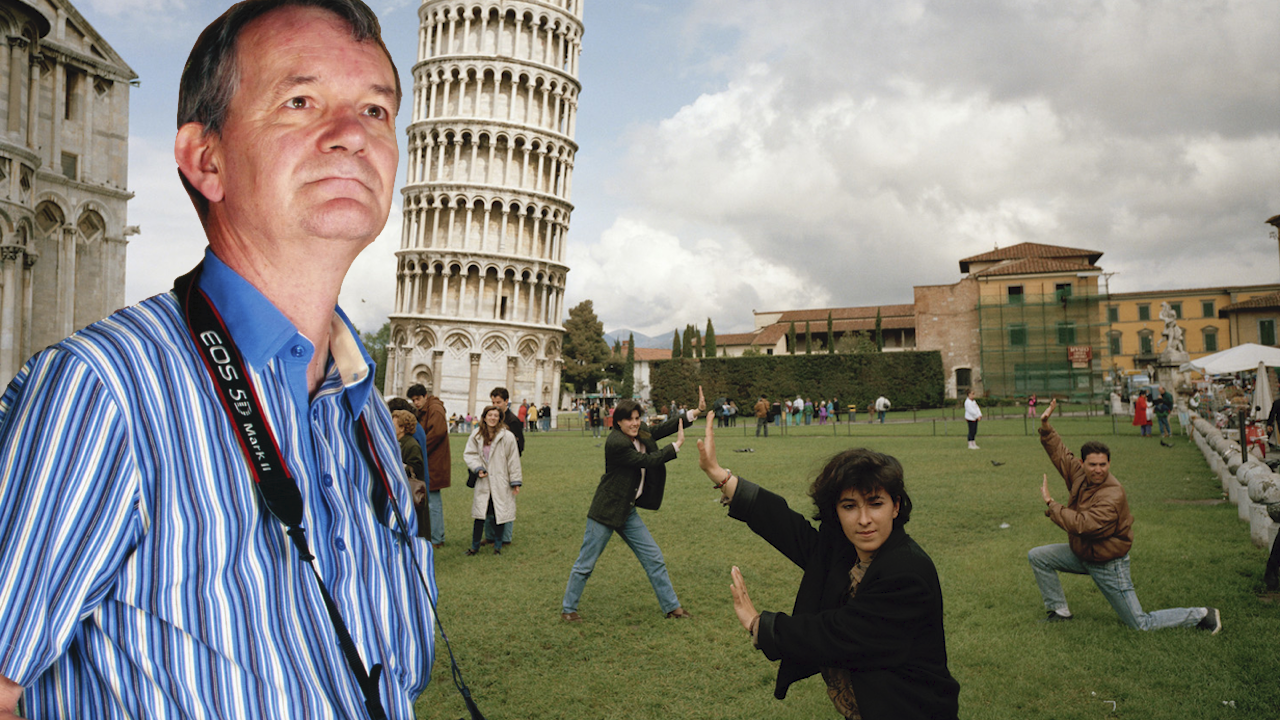
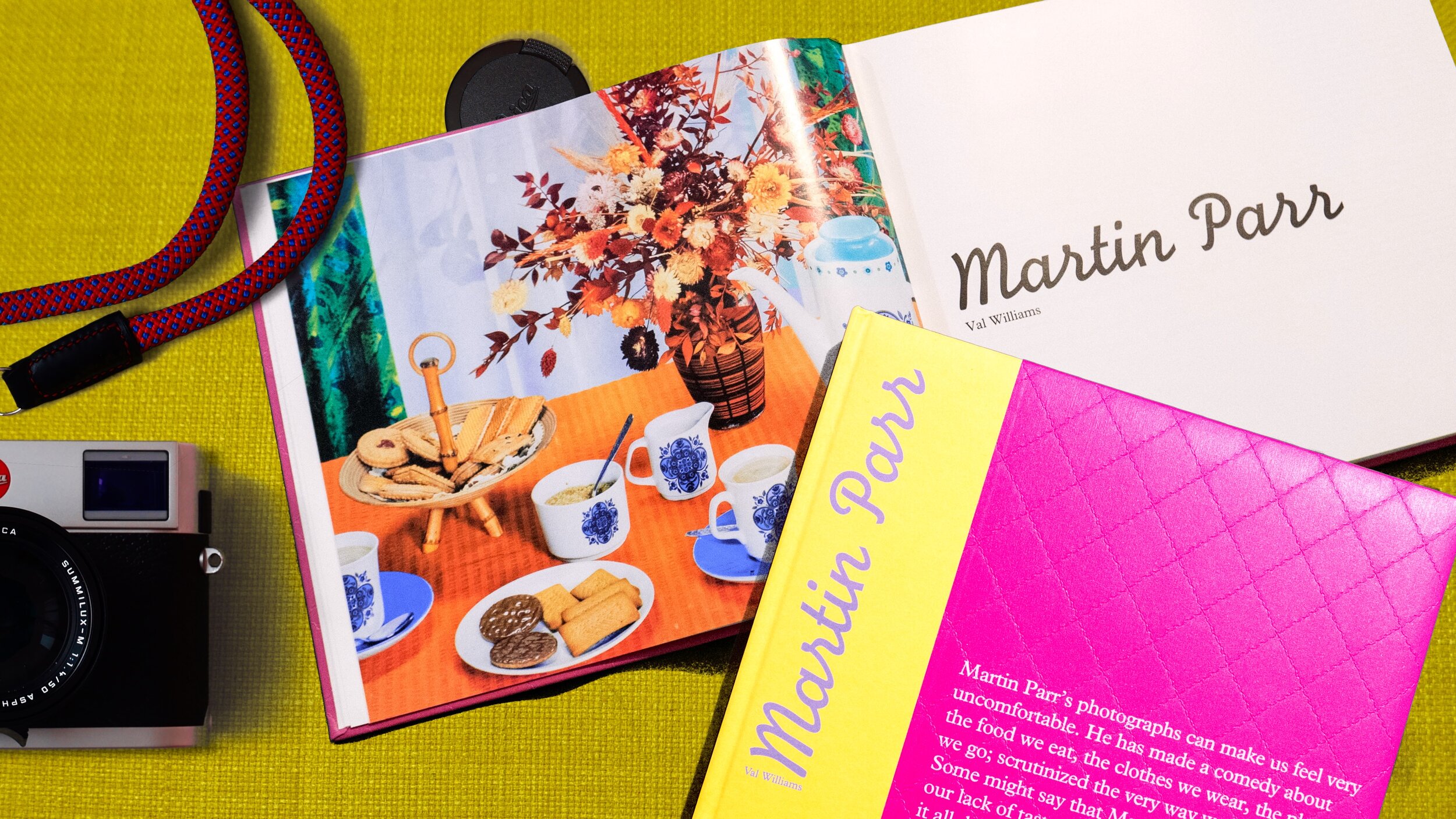











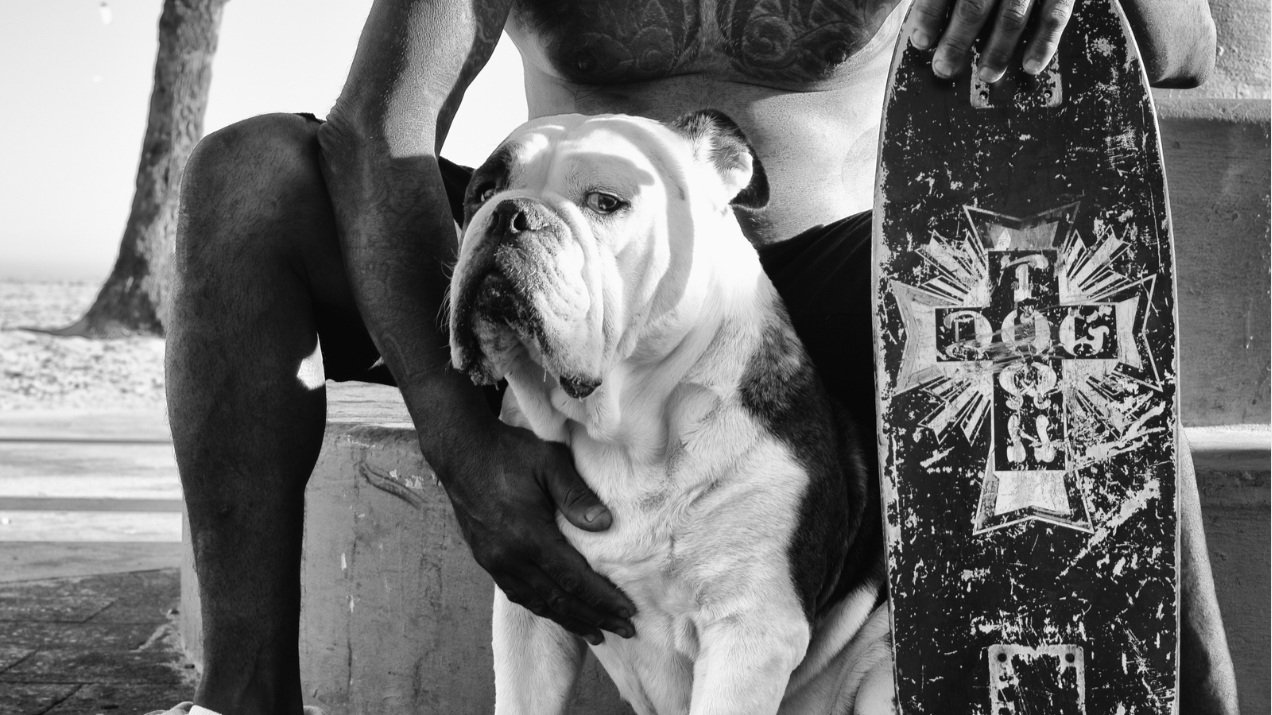
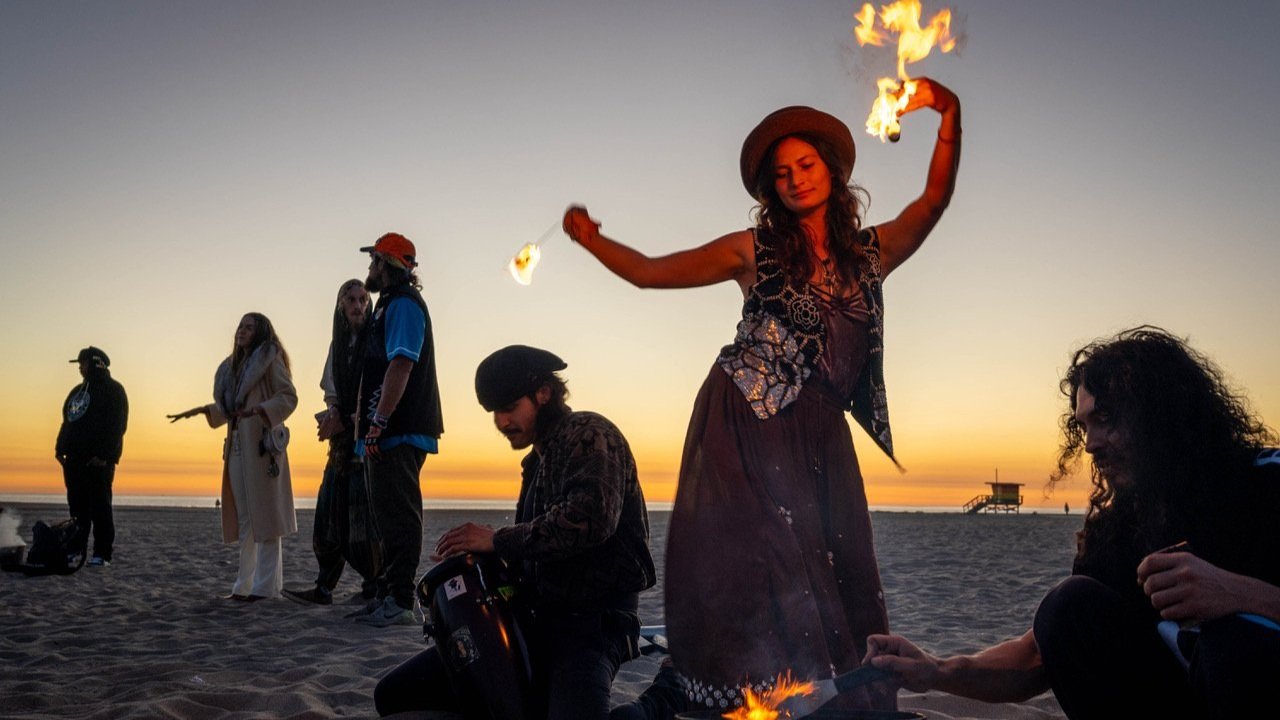
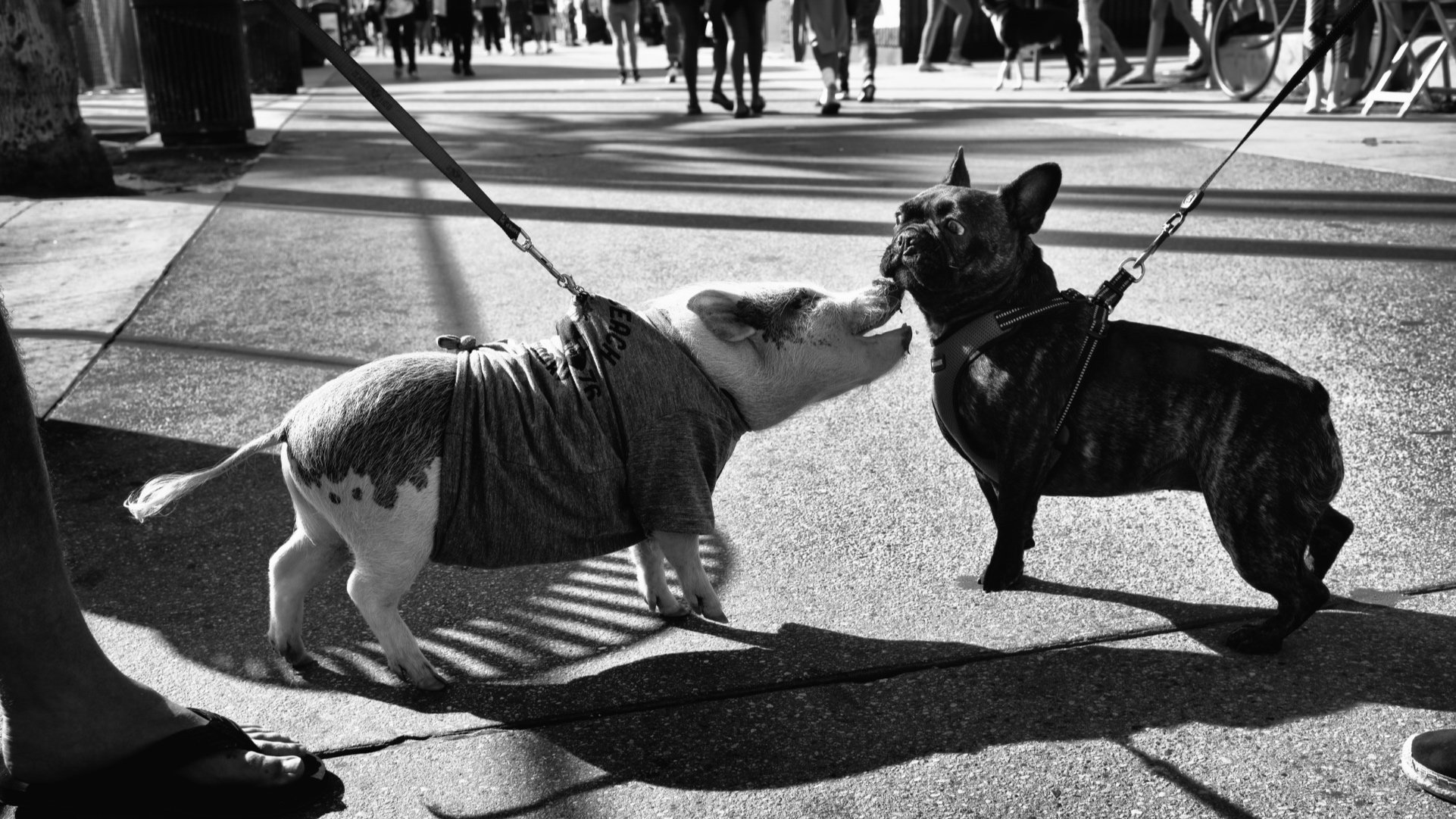
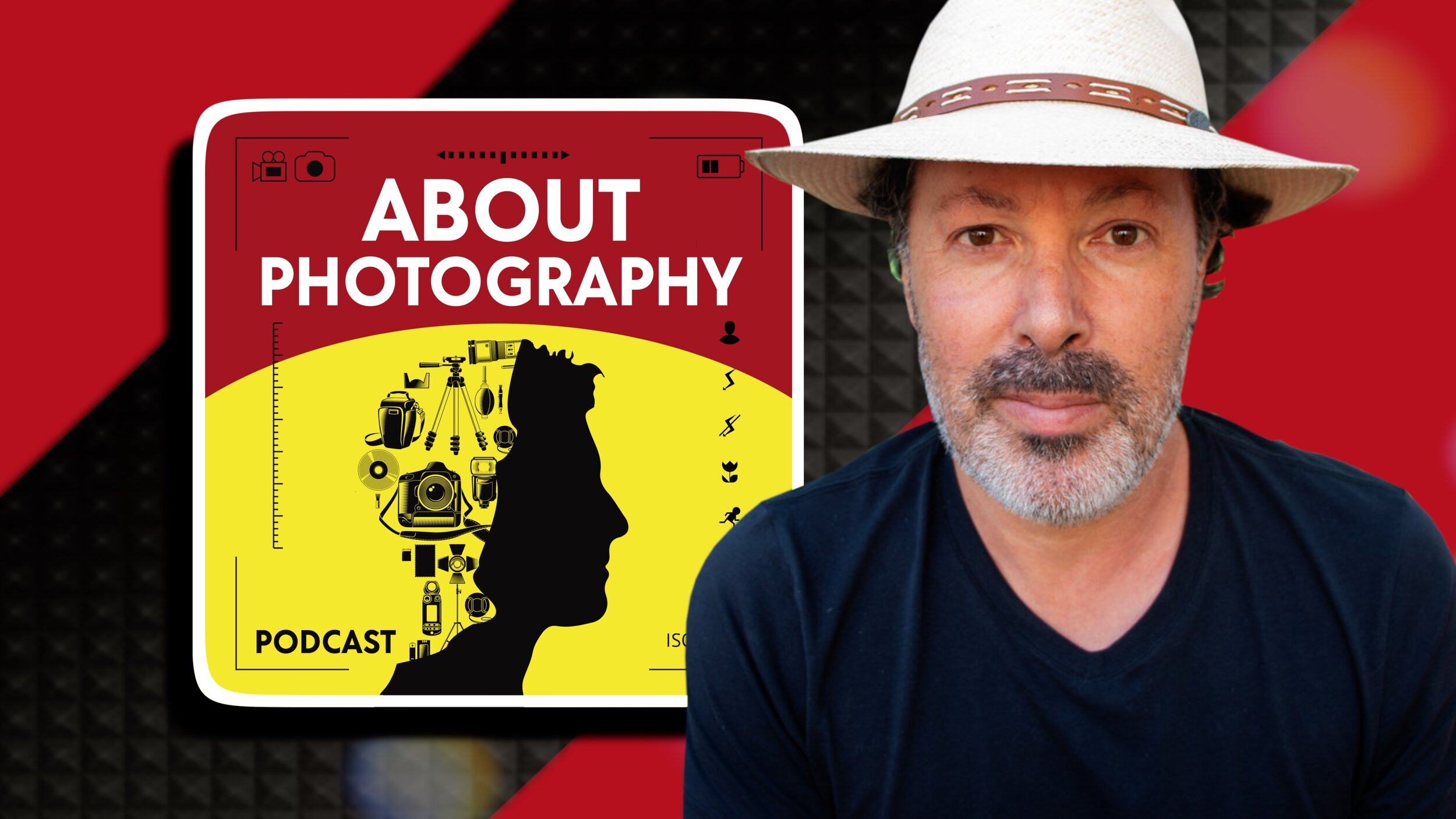









![Saul Leiter's advice for better photos [video]](https://images.squarespace-cdn.com/content/v1/5b670534b98a78d5e84a7d19/1705765150583-A3PEAJ2MIID0HZ27JMAG/maxresdefault.jpg)




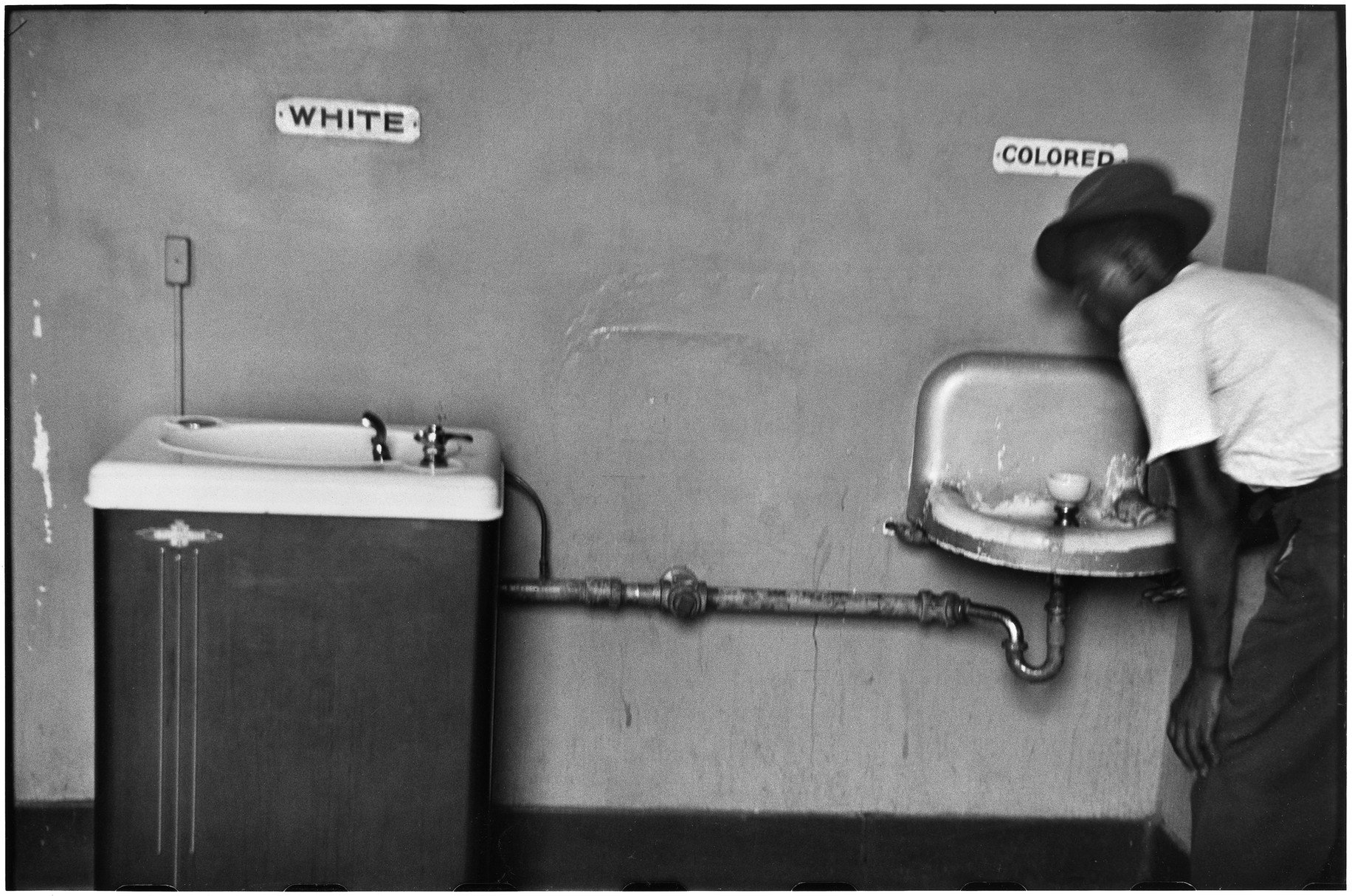




















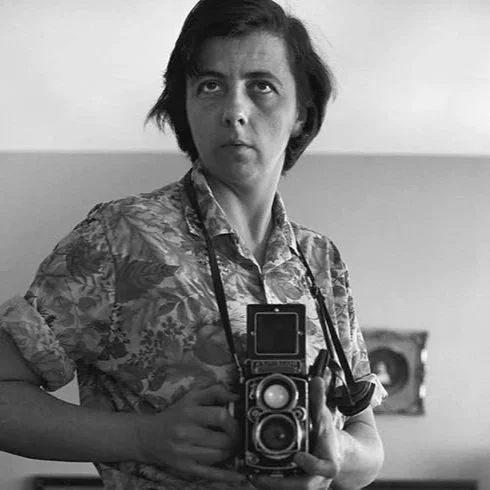

















Garry Winogrand’s “Untitled, c. 1962” captures a couple at a zoo, turning an everyday scene into a fascinating story. This article dives into Winogrand’s spontaneous photography style and John Szarkowski’s thoughts on the image, showing how a simple photo can be rich with detail and meaning. Story Behind The Photograph